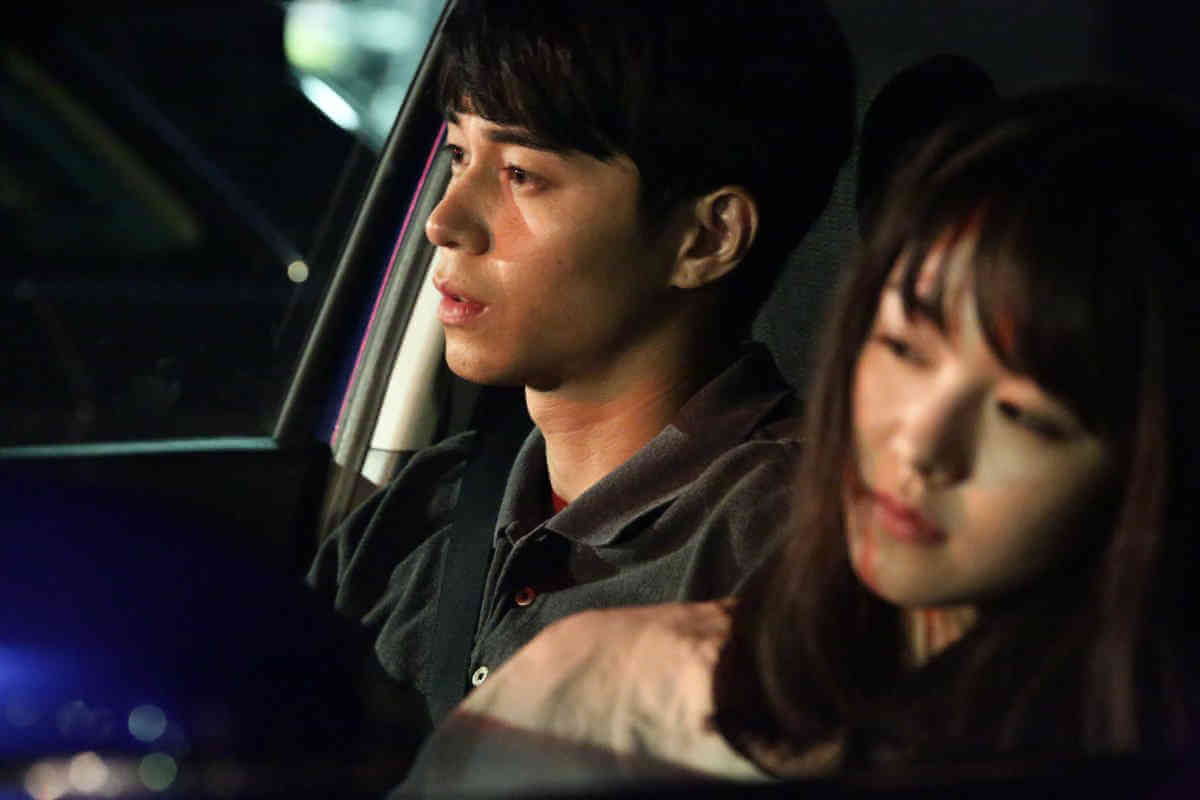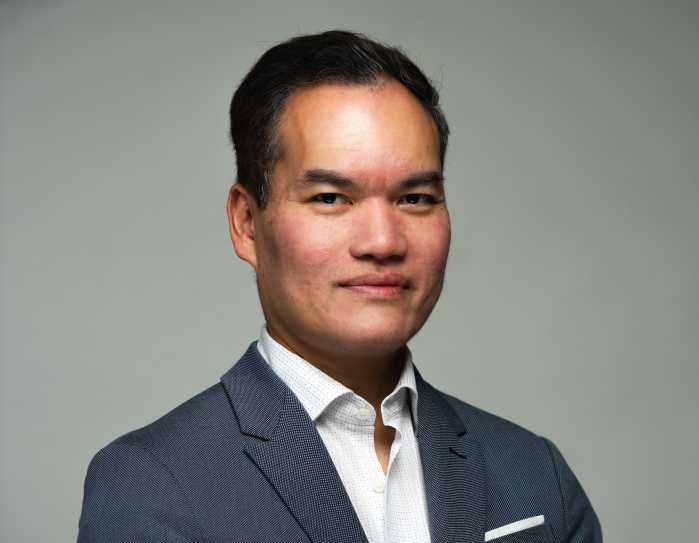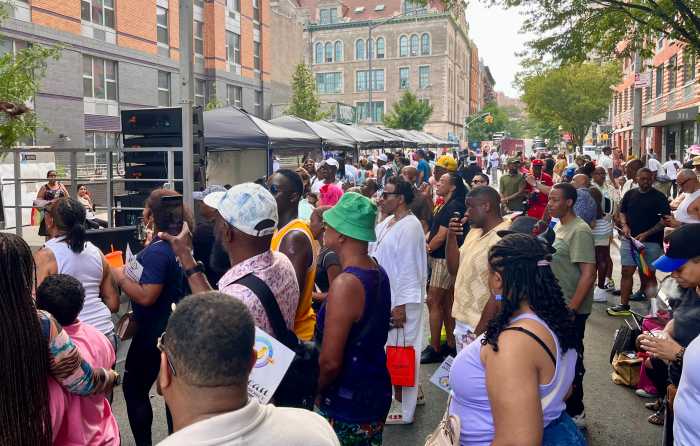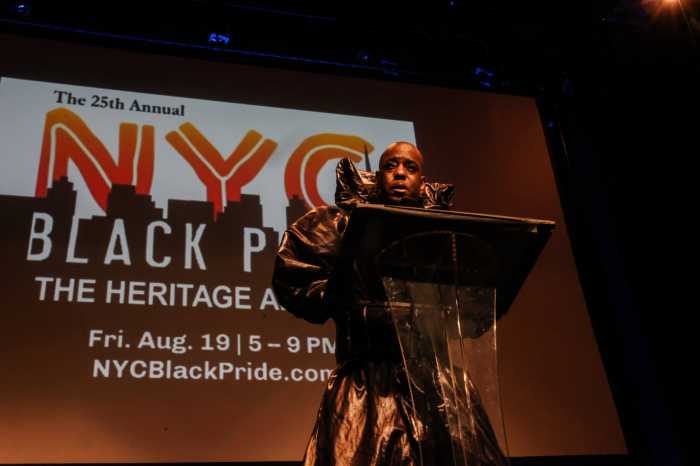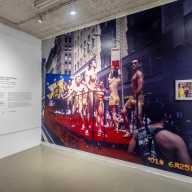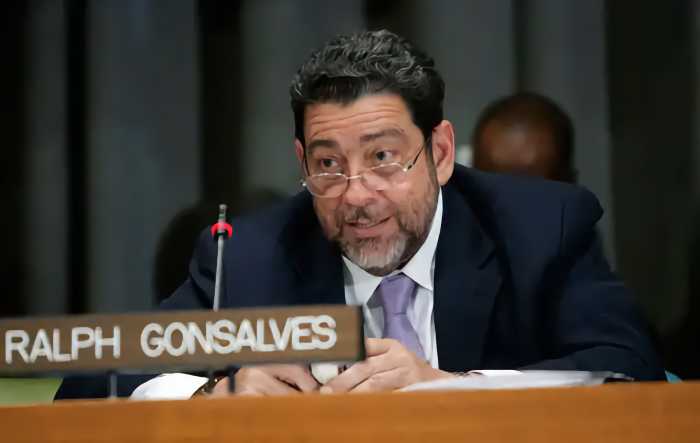Most of the great films about doppelgangers are about women: “Vertigo,” “Persona,” “Mulholland Drive.” Japanese director Ryûsuke Hamaguchi’s “Asako I & II” departs from this tradition by having his heroine Asako (Erika Karata) fall in love with two men who look alike and are played by the same actor. It’s not a critique of male filmmakers’ fondness for female doubles, but it does suggest how aspects of the same personality could be split between two men. Unfortunately, “Asako I & II” never lives up to the “twist on ‘Vertigo’ based on female desire” reviews it got when it played the New York Film Festival last year. It’s too content to remain an ordinary romantic melodrama.
The opening scene spells out the film’s themes rather bluntly. Asako attends a photo exhibit called “Self and Others” and seems particularly taken by a picture of two girls who look alike. Leaving the mall housing the art gallery, she’s still under its spell when she sees Baku (Masahiro Higashide) for the first time. He looks at Asako as children set off fireworks, and she returns his gaze. They meet and start kissing. Asako and Baku begin a relationship, but he turns out to be rather flaky and disappears one evening. A few years later, she works in a coffee shop and meets marketing executive Ryôhei (also Higashide.) While he acts and speaks much differently from Baku, she thinks he’s the same man. They begin a much more stable relationship, but she learns that Baku has begun modeling and acting and is rapidly moving up in the world. The chance to re-connect with him proves dangerous for her and Ryôhei.
The scene where Asako and Baku meet is shot and edited strikingly enough to make one think that “Asako I & II” is going to develop into something much different. When they first see each other, the two characters don’t appear in the same frame. Hamaguchi gets a lot of mileage of people staring at each other. Implicitly, they’re looking at the spectator, even if the film’s editing brings them together. (He returns to this kind of image in the film’s final shot.) He creates rhymes of the opening scenes an hour later, when Asako sees the same photo exhibit and she and Ryôhei embrace amidst a rushing crowd.
These moments hint at a romanticism missing from the rest of “Asako I & II.” Hamaguchi’s sensibility is too arty to embrace melodrama, but the film doesn’t have enough substance to justify its air of gravity. The last half hour goes in a fairly dark direction, but instead of developing the characters, Ryôhei remains a pleasant yuppie while Baku offers a sense of danger and, when he reappears, a connection to celebrity. If Asako can’t choose between them, it doesn’t point to anything particularly deep.
Although Hamaguchi has made nine films, his 2015 “Happy Hour” was the first one to really make an impression on the American and European festival/ arthouse circuit. More than five hours long, it takes romantic melodrama toward novelistic complexity. “Asako I & II” is relatively lengthy too, slightly under two hours. It covers 10 years in its characters’ lives, with several leaps in time and location. But the heft it aims for never arrives. Even its turn toward more difficult emotions near the end feels like an obligatory gesture away from rom-com territory towards phony seriousness.
If “Asako I & II” had a stronger sense of humor, it could’ve mined comedy from its protagonist’s indecision. At times, it heads for a more complicated doubling, such as Asako and Ryôhei’s interactions with her actress friend Maya (Rio Yamashita.) Even DJ Tofubeats’ droning electronic score, which suggests ‘80s Philip Glass on a wobbly turntable, belongs to a more adventurous film. But the story remains fairly banal, and neither the direction nor performances lift it above. This film is scared shitless of its potential for mystery.
ASAKO I & II | Directed by Ryûsuke Hamaguchi | In Japanese with English subtitles | Grasshopper Film | Opens May 17 | Metrograph, 7 Ludlow St., btwn. Canal & Hester Sts. | metrogrpaph.com

